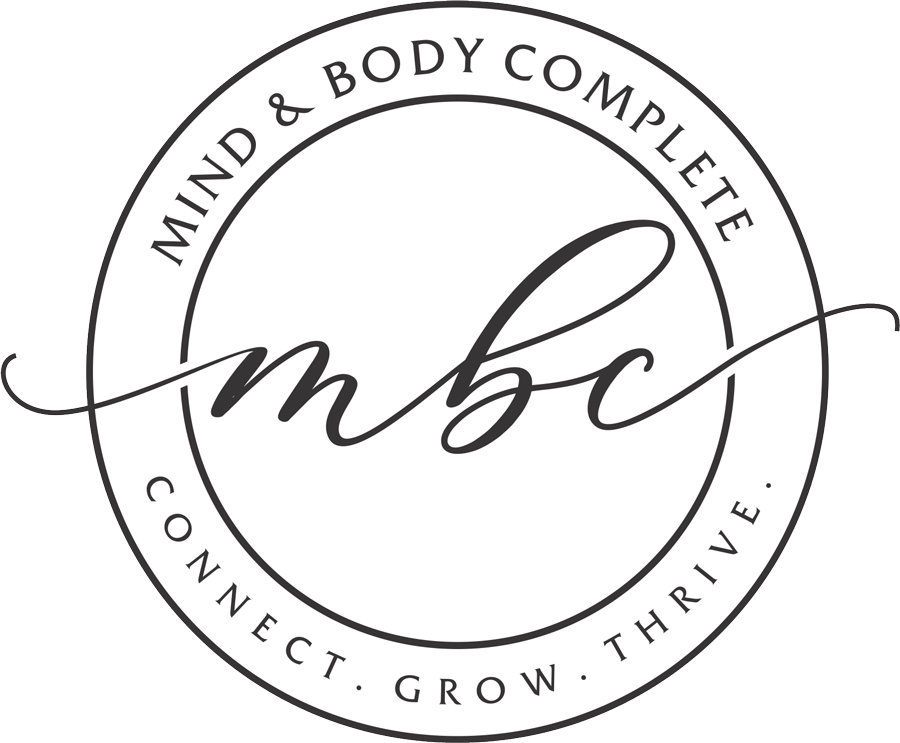This week, we’re doing a long-overdue “Dear Shannon” from one of my subscribers who is battling an invisible illness. Let’s hear her story.
Dear Shannon,
I was recently diagnosed with an invisible illness, fibromyalgia. It’s been a very long journey to get to a point where I can finally have a name for why my body hurts so much. I’ve seen over twelve doctors, one of whom said, “It’s all in your mind!”. That one hurt. Why would I want to imagine crippling pain, walking listlessly into rooms forgetting why I’m even in there, and fatigue that causes me to lose my breath and leaves me bedbound? I wanted to shout this at him, but I already could see it was all a lost cause in his eyes.
Luckily, I found a rheumatologist and then an orthopedic surgeon who could put a label on it. I’m not going to lie; I cried like a baby with relief. I’ve been given medication, the first was a dud that had serious side effects. I’m now on something that helps a bit more, but the pain still lives with me every…single…day! I’ve started to gain weight, another side-effect, but at the moment, I couldn’t bench press if my life depended on it. I rarely socialize these days, I’m just so lonely. My therapist and doctors recommend yoga, but I’m afraid to hurt myself even more. Please help!
Dear Friend,
Thank you for sharing your story with us. I’ve worked with many clients in the past who’ve traveled your path and it’s not easy.
Invisible illnesses are conditions that significantly affect an individual’s daily life but are not immediately apparent to others, which can be both a cruel blessing and a terrible curse. These can include mental health conditions like anxiety and depression, chronic pain conditions such as fibromyalgia (like your diagnosis), rheumatoid arthritis, and even metabolic or autoimmune disorders like diabetes and lupus. Unlike illnesses that manifest visible symptoms—like a broken limb or a rash—invisible illnesses often go unnoticed. This makes them particularly challenging to manage. The lack of outward symptoms can lead to misunderstandings, stigmatization, and lack of support from family, friends, and as you’ve said, even our own doctors.
Yoga and Meditation Can Help With Your Invisible Illness
Your doctors and therapist are right. Yoga and meditation offer promising ways to cope with invisible illnesses. Why? Yoga combines physical postures, breathing exercises, and meditation to improve mental and physical health in a multitude of ways. The practice is known for its ability to reduce stress, improve flexibility, and enhance overall well-being.
Here are some more ways persons with chronic pain conditions can benefit from yoga and meditation.
- Specific yoga poses can target areas of discomfort and promote better posture, flexibility, and joint care- potentially alleviating some of the pain.
- The emphasis on mindful breathing in yoga can be a useful tool in managing anxiety and pain as well as focusing the mind, providing relief for a variety of ailments.
- Similarly, meditation is a practice that aims to train the mind to focus, reduce stress, and improve mental clarity.
The Power of Meditation to Fight Invisible Illnesses
My friend, your pain and stress are evident from your email. Allow me to impress upon you the importance of meditation.
Various forms of meditation, such as mindfulness meditation and loving-kindness meditation, have been studied for their impacts on mental and physical health. Mindfulness meditation, for example, teaches individuals to become aware of their thoughts, feelings, and bodily sensations, allowing them better to manage symptoms and triggers of their invisible illnesses.
In some cases, meditation can also improve physiological markers, such as lowering blood pressure or reducing inflammation, offering additional health benefits for those with invisible illnesses.
Make Changes In Your Life to Sustain Your “New” You
Sometimes, the fact that we are constantly fighting with the issue or denying it- actually makes our illnesses worse. While I can see you feel relieved just to have a diagnosis, the work is just beginning. You’ve got to accept that invisible illness diagnosis will change your life.
Acceptance and awareness can provide a sense of control over uncontrollable emotions and feelings. You can’t allow fear or hesitation to stop you from seeking the relief your body so desperately needs. Yoga practice has been shown to improve the quality of life for individuals with chronic pain conditions.
You are strong, you are beautiful, and you can make the changes needed for you to resume a less painful life.
PS- another factor that greatly contributes to invisible illnesses is our cortisol levels and high inflammation in our body…usually caused by stress (which is another article….and yoga and meditation still can help 😉 )
XOXO Shannon
Got a question you’d like answered? Email me at shannon@mindbodycomplete.com. I get a ton of emails, so be sure to state “Dear Shannon” in the subject.







